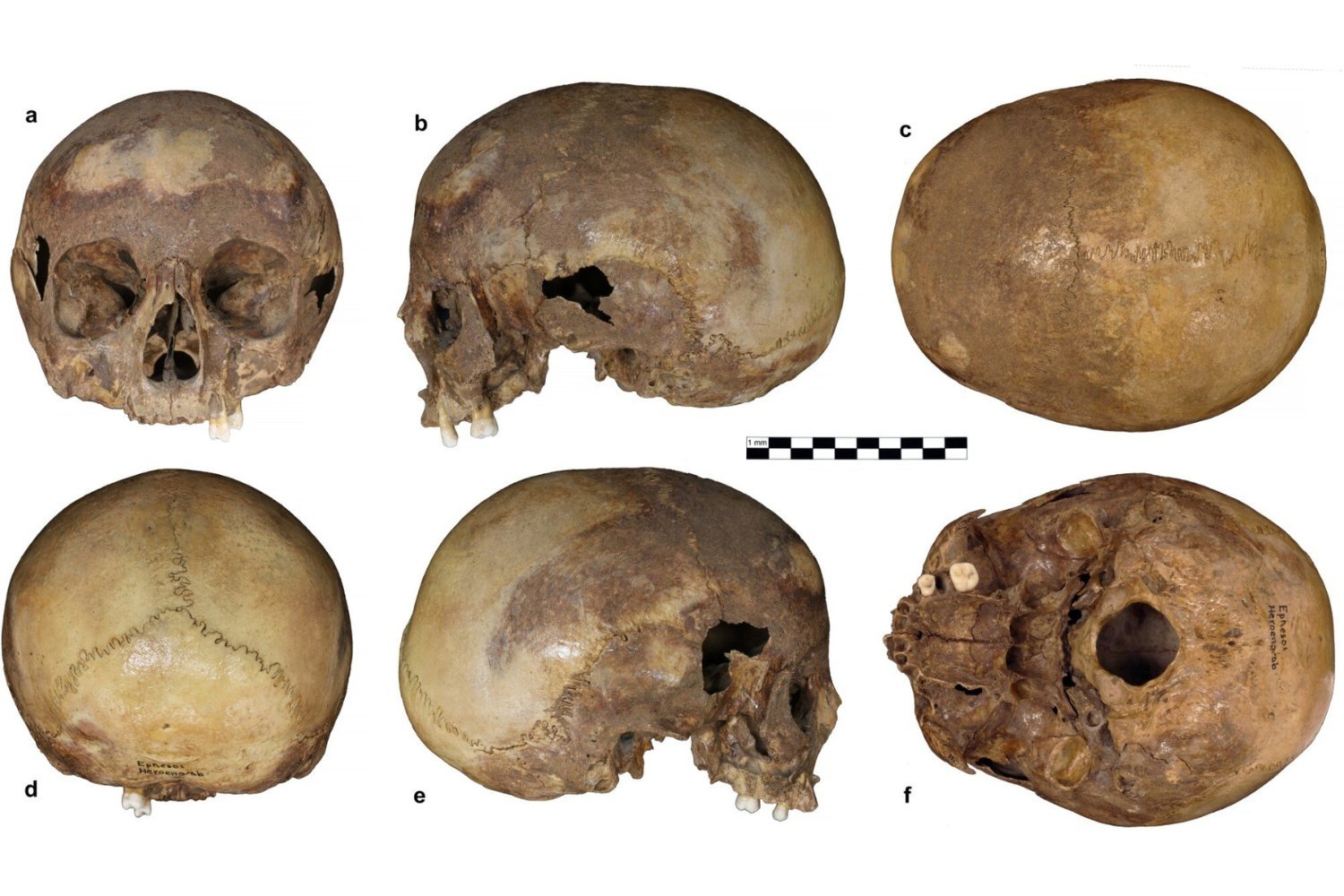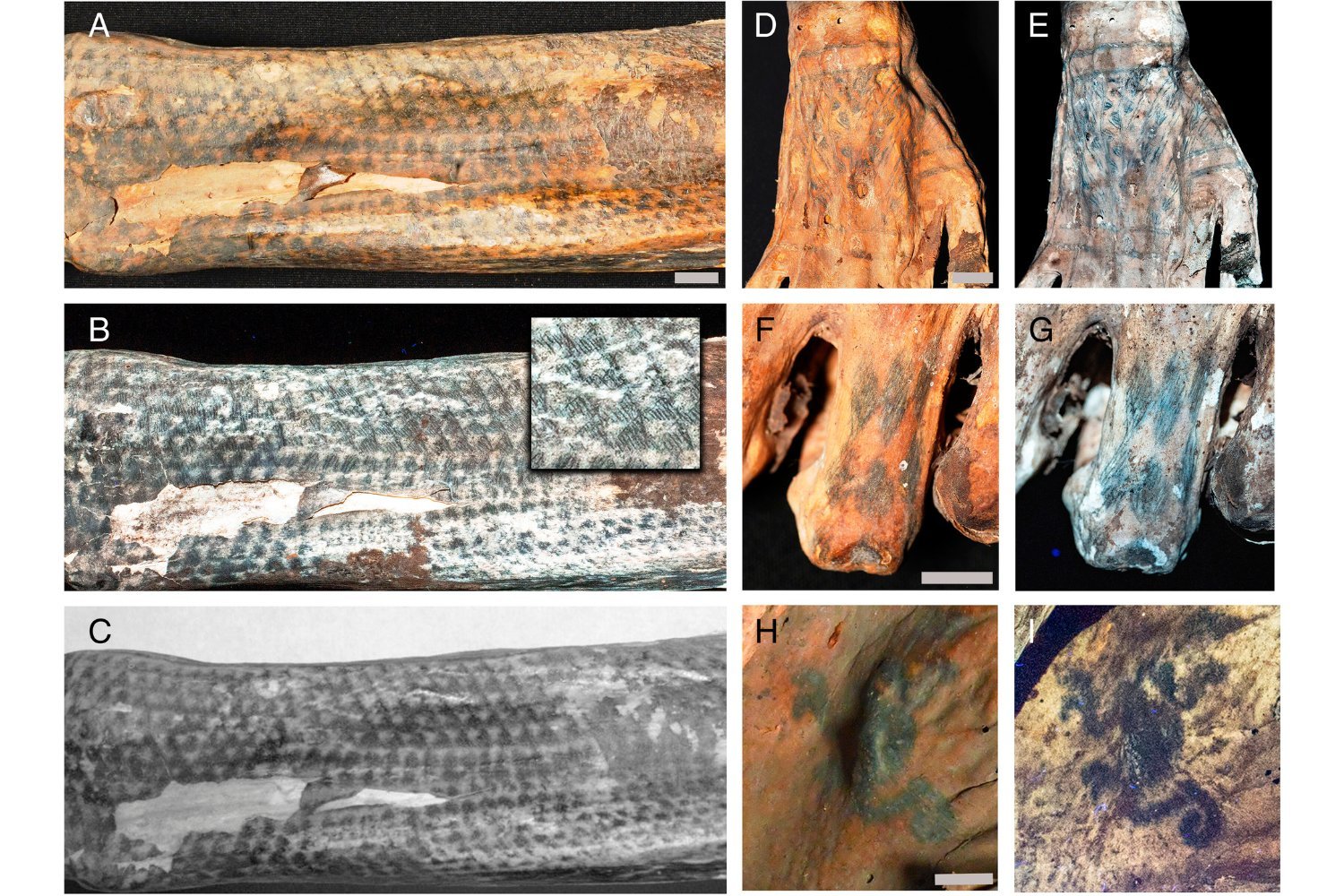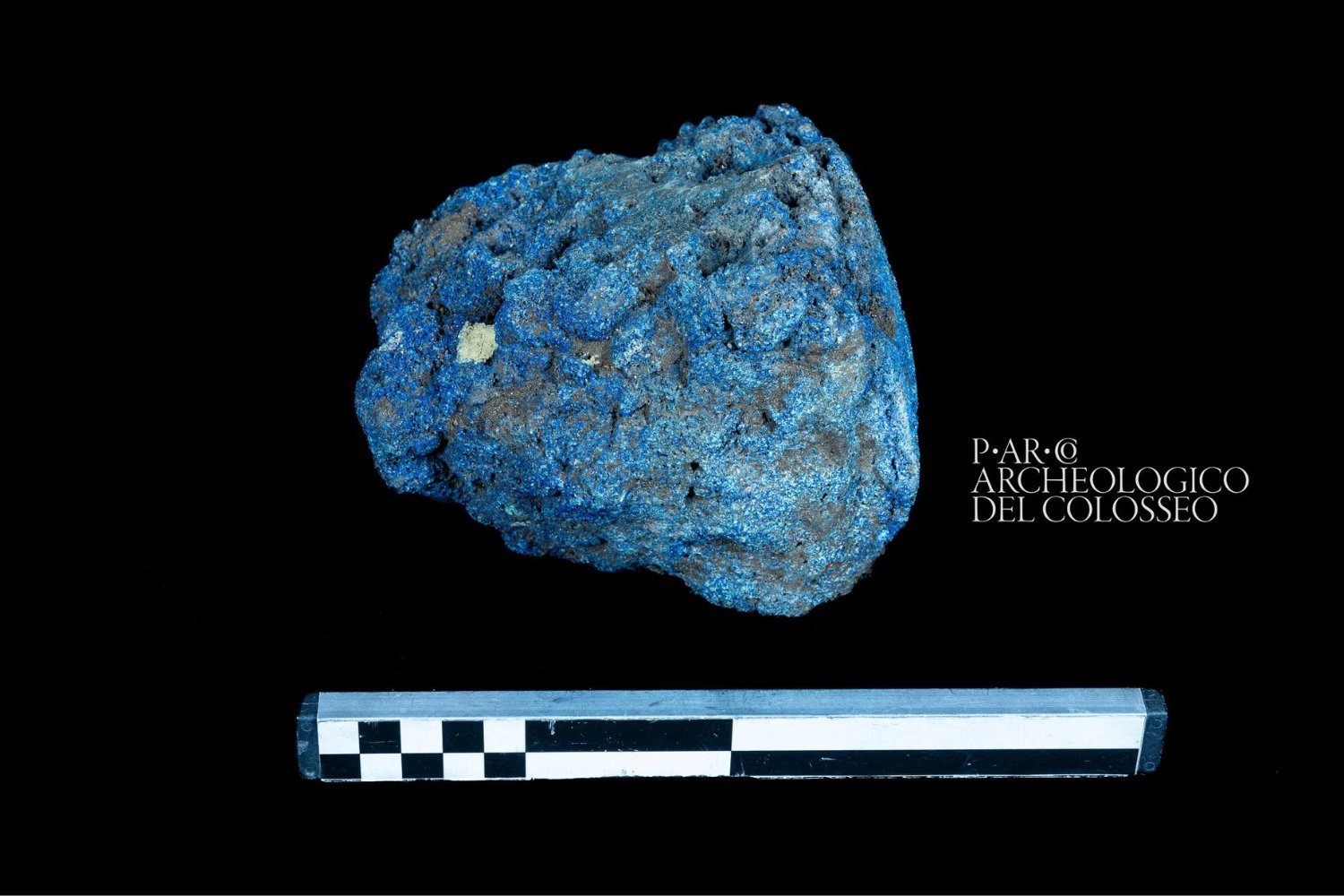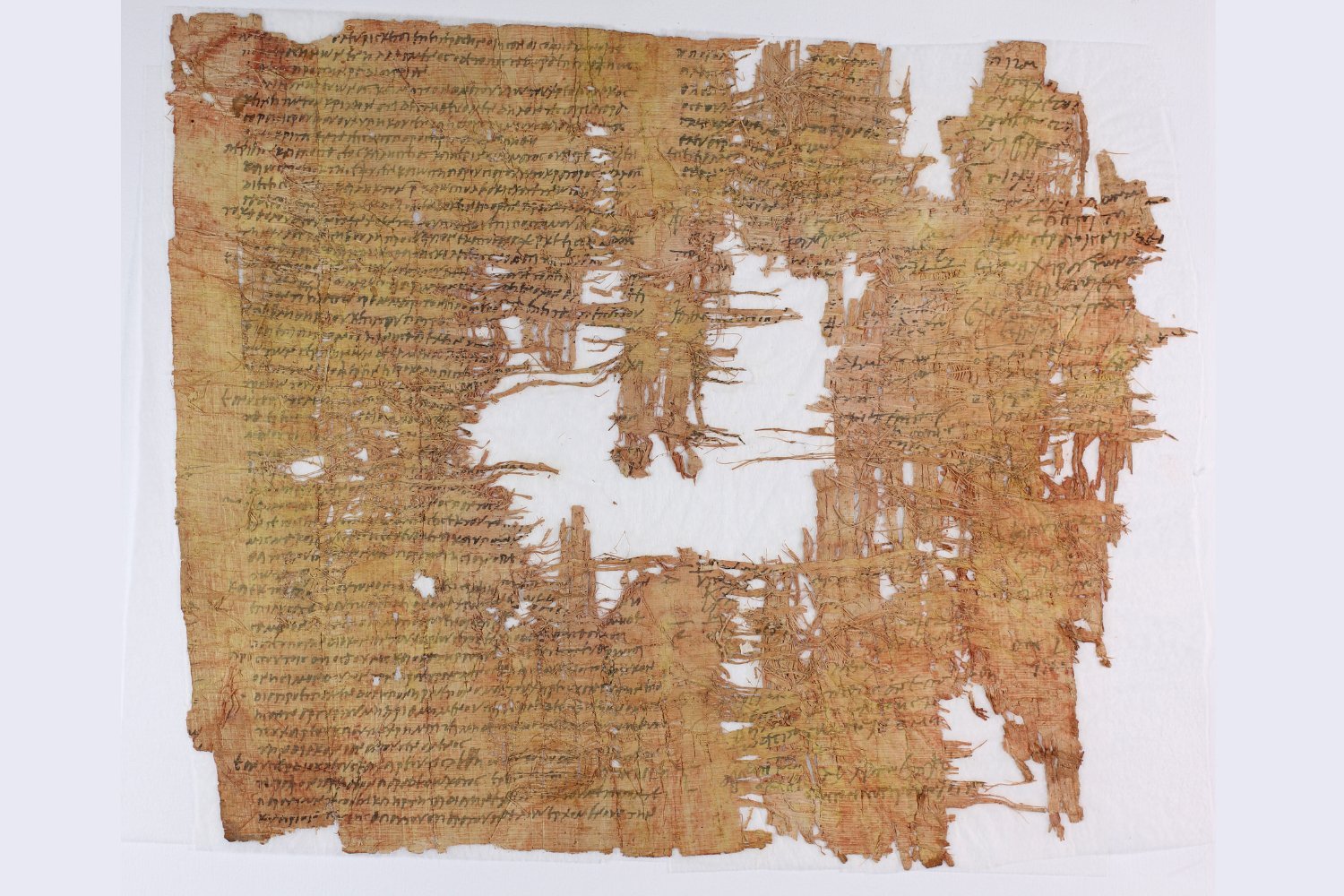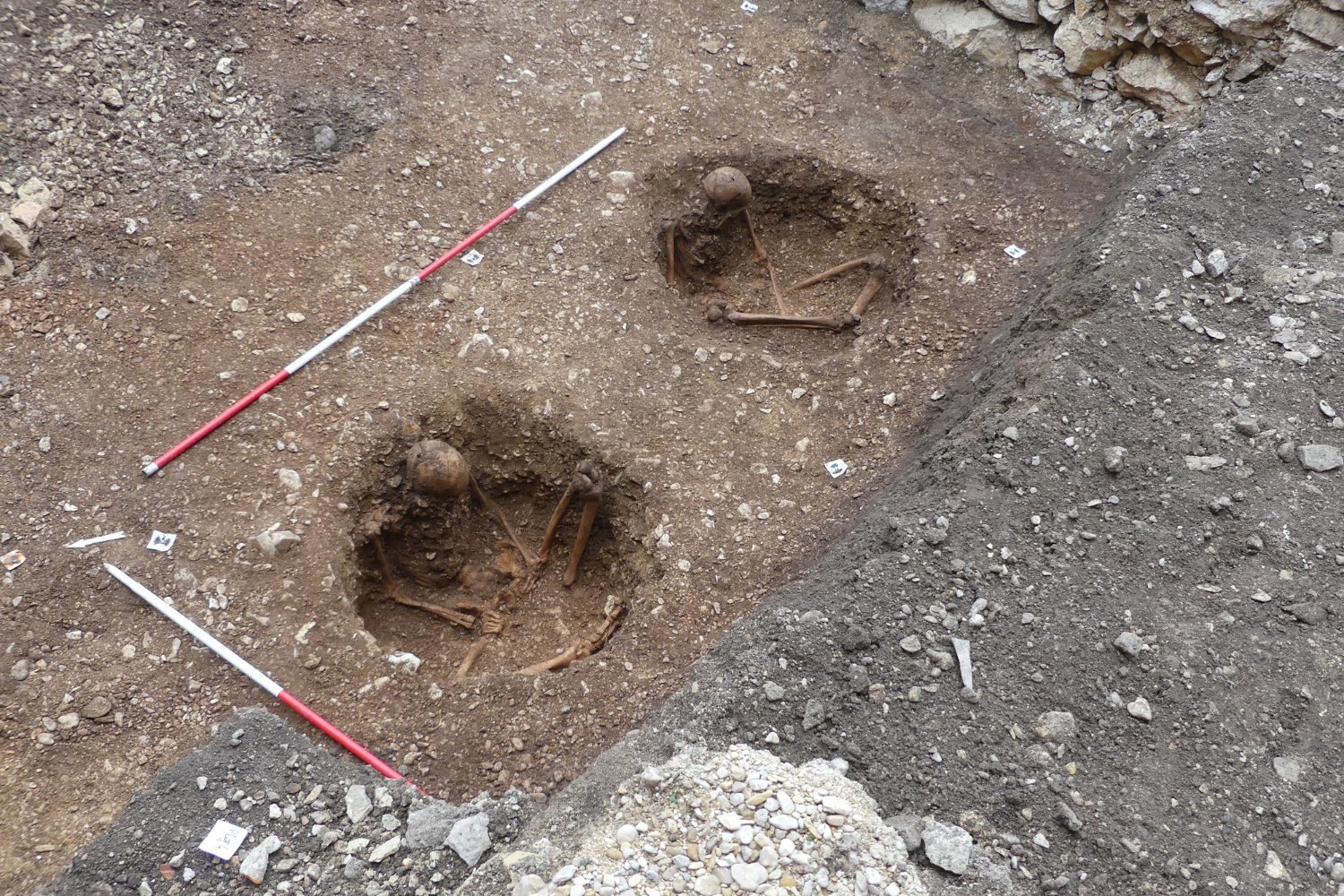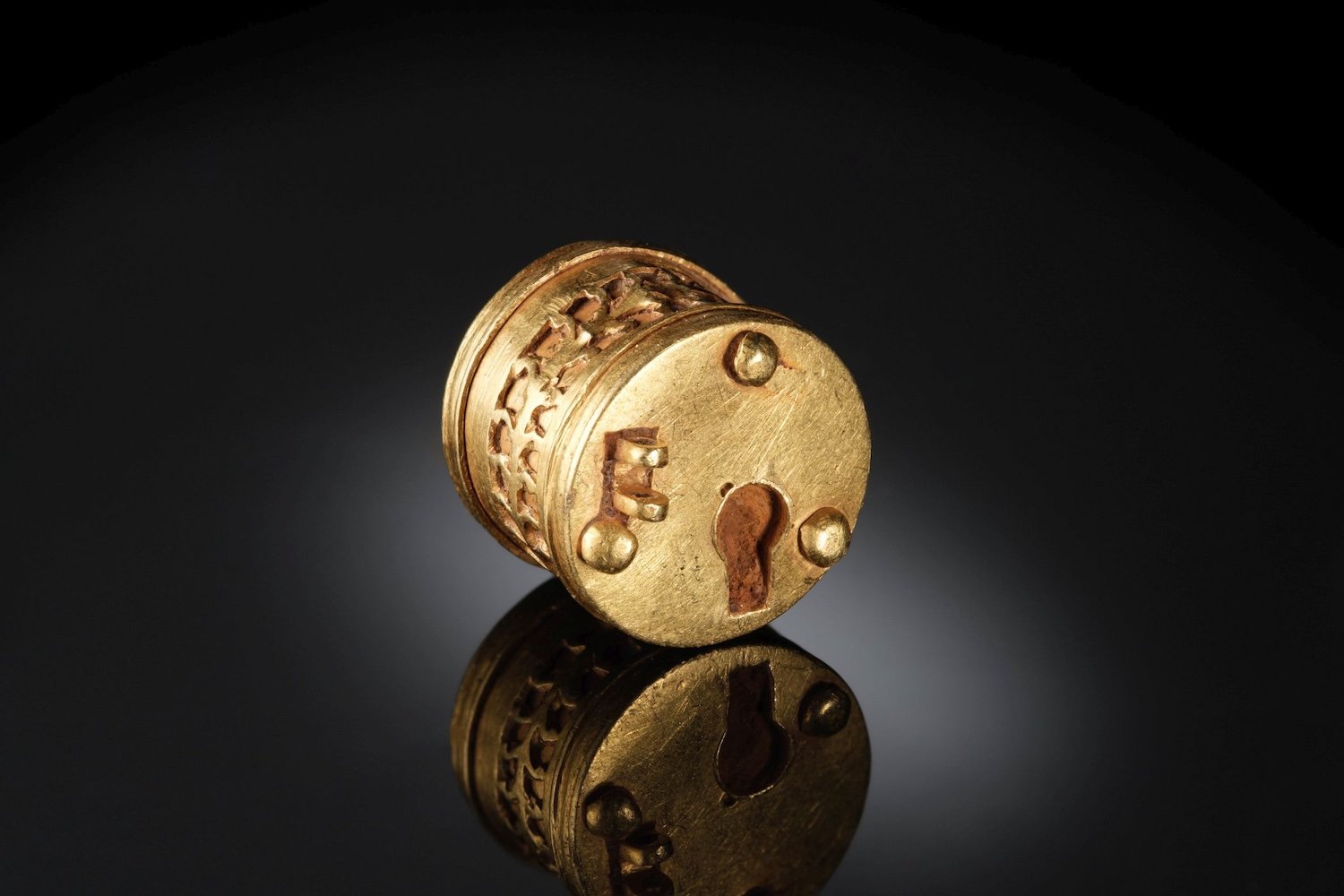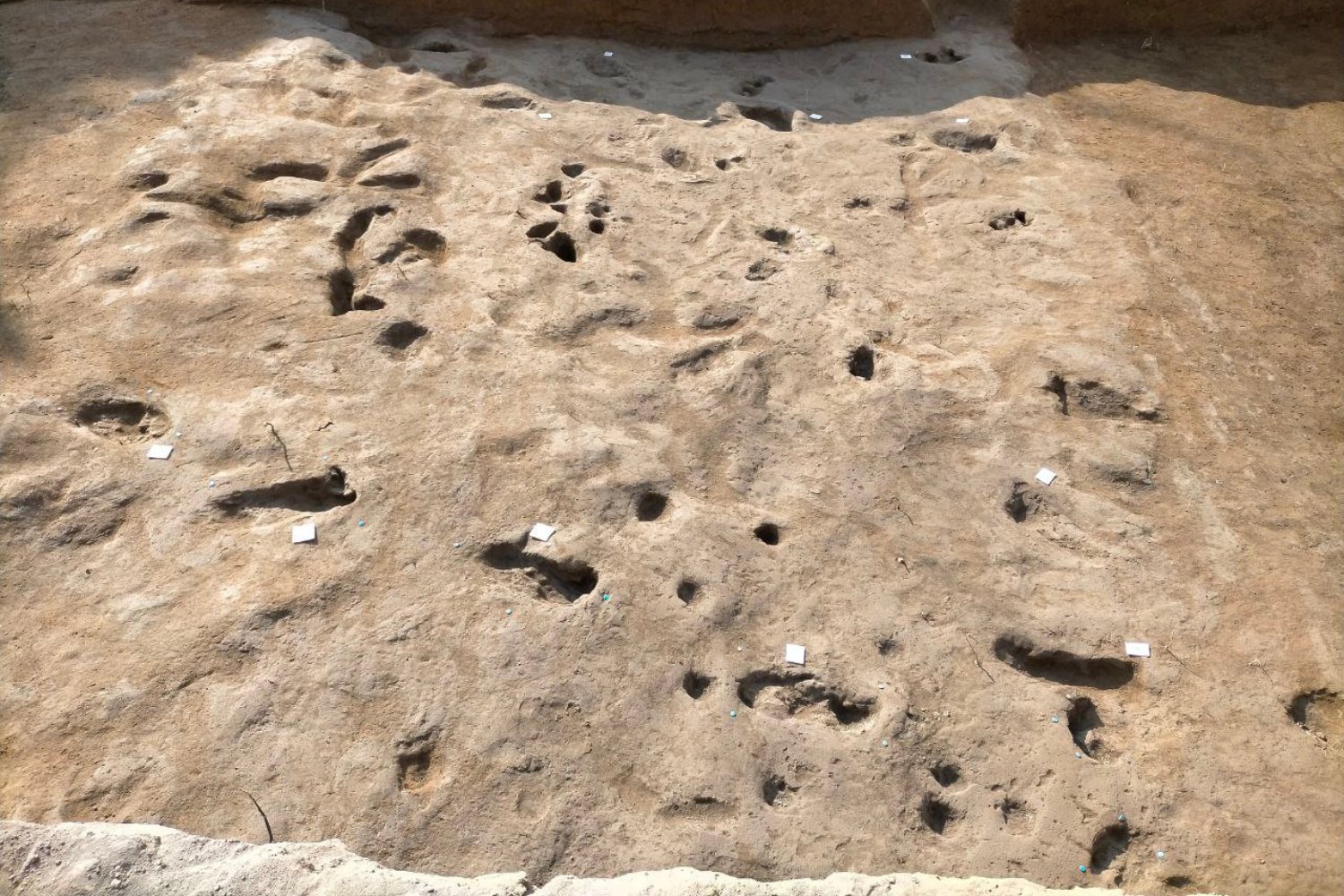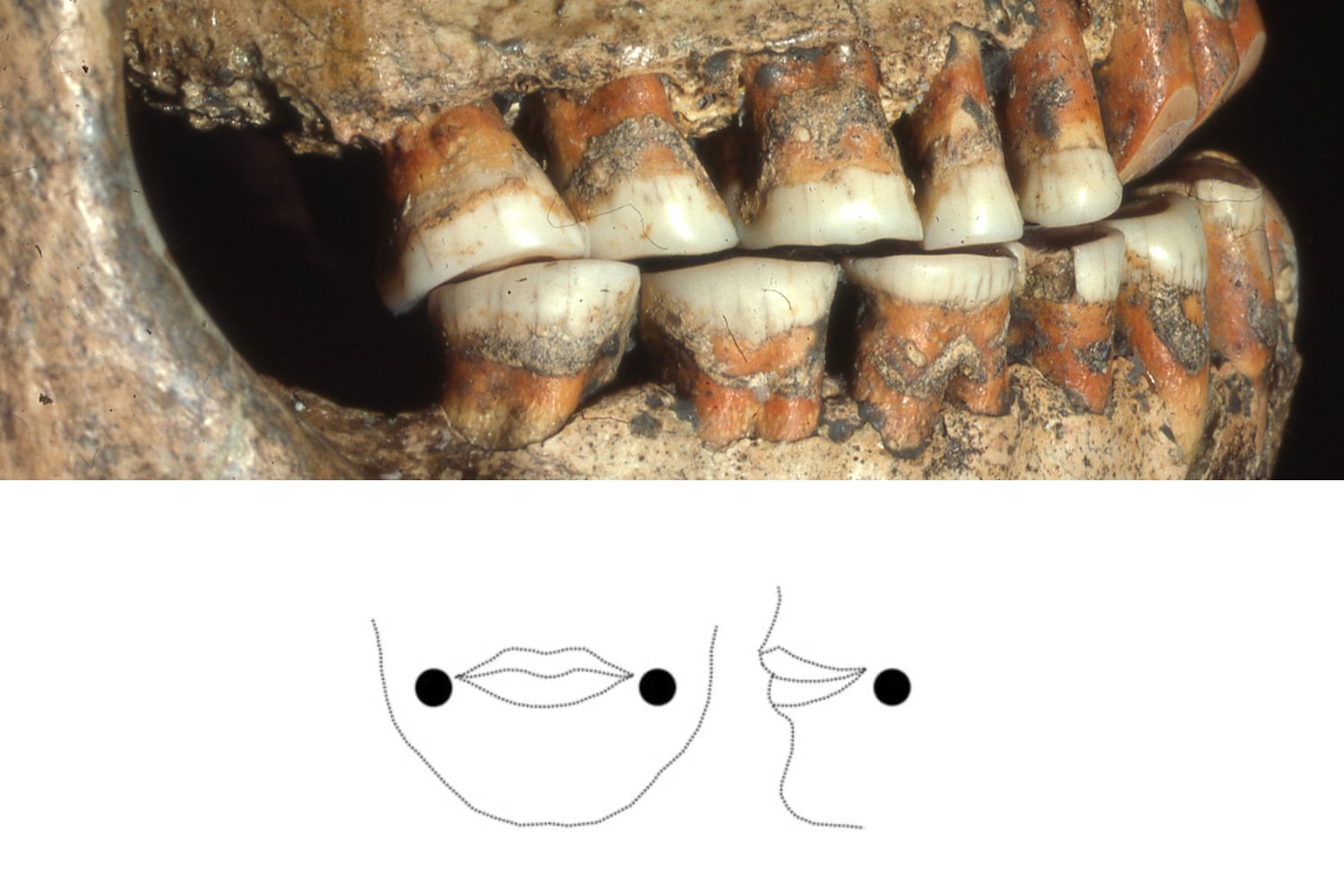The skeleton discovered in the ancient city of Ephesus in 1929, long thought to be Cleopatra’s half-sister Arsinoe IV, has been revealed to be that of a young boy. This revelation overturns decades of scholarly speculation and opens new avenues of research into the lives of ordinary individuals in ancient Ephesus.
The skeleton, unearthed from the Octagon, a prominent burial chamber on Ephesus’s main street, was initially believed to belong to a young woman. The Octagon’s Egyptian-inspired architecture and the historical account of Arsinoe IV’s execution in Ephesus around 41 BCE fueled the theory that the remains were hers. This belief persisted for decades, intertwining with the dramatic story of Cleopatra’s rise to power and the elimination of her rivals.
The Truth Unveiled: Scientific Analysis and Modern Technology
Recent interdisciplinary research, employing advanced techniques like micro-computer tomography, has rewritten this narrative. Analysis of the cranium and other skeletal remains revealed the individual was a boy between 11 and 14 years old, likely of Italian or Sardinian descent. He exhibited developmental disorders, including cranial deformities and an underdeveloped upper jaw, leading to significant chewing difficulties evident in the wear patterns on his remaining teeth.
The research team, led by Gerhard Weber from the University of Vienna, confirmed the skeleton’s sex through genetic testing, revealing the presence of a Y chromosome. This definitively ruled out the possibility of the remains belonging to Arsinoe IV.
The Mystery Remains: Who Was the Boy of Ephesus?
While the identity of Cleopatra’s sister remains a mystery, the discovery offers a glimpse into the lives of ordinary people in ancient Ephesus. Dating of the remains places them between 205 and 36 BCE, a period that overlaps with Arsinoe IV’s lifetime. Researchers speculate the boy might have been a Roman resident of Ephesus, highlighting the city’s diverse population during this era. The cause of his developmental disorders remains unknown, prompting further investigation into health and living conditions in ancient times.
The Search Continues
The identification of the Ephesus skeleton as a young boy, rather than Arsinoe IV, underscores the power of scientific advancements in archaeology. While this discovery closes one chapter of historical speculation, it simultaneously opens new avenues for research. The search for Arsinoe IV continues, and the story of the boy from Ephesus reminds us that every skeleton holds a unique story waiting to be told.



